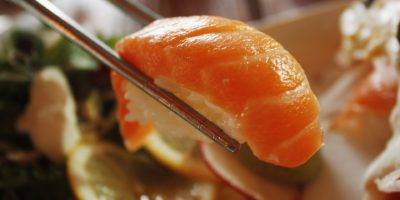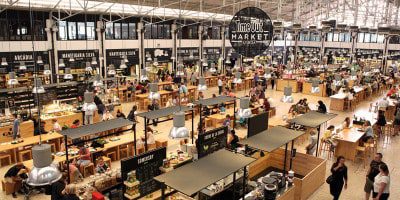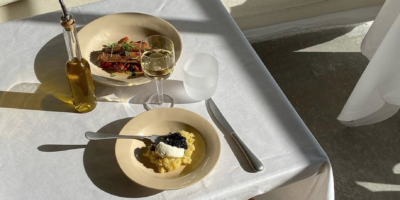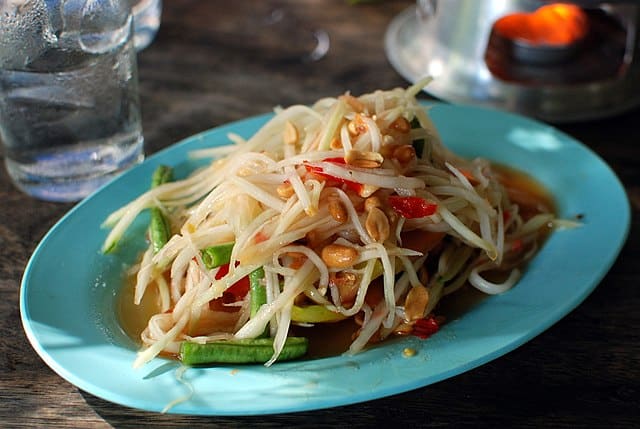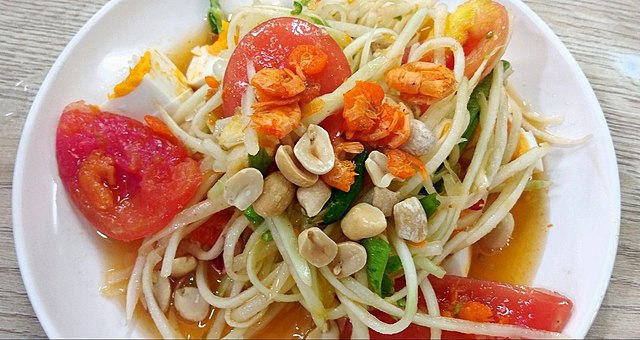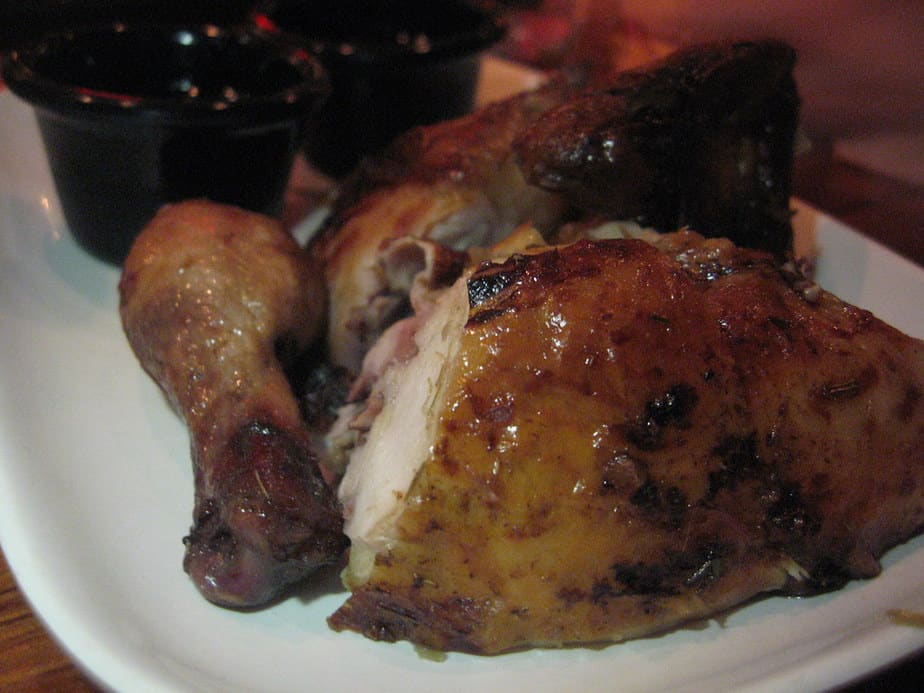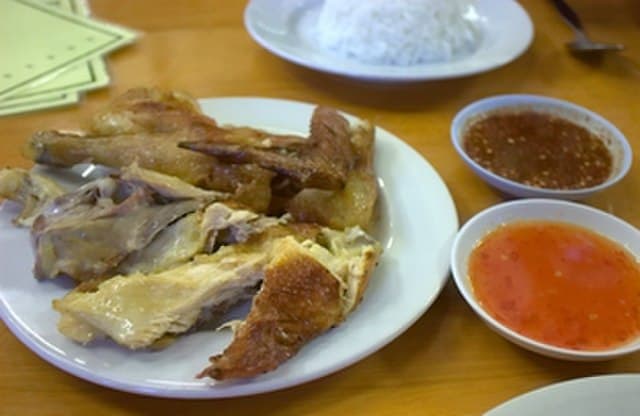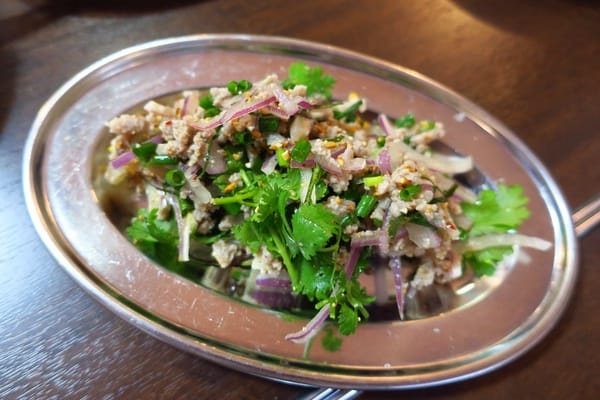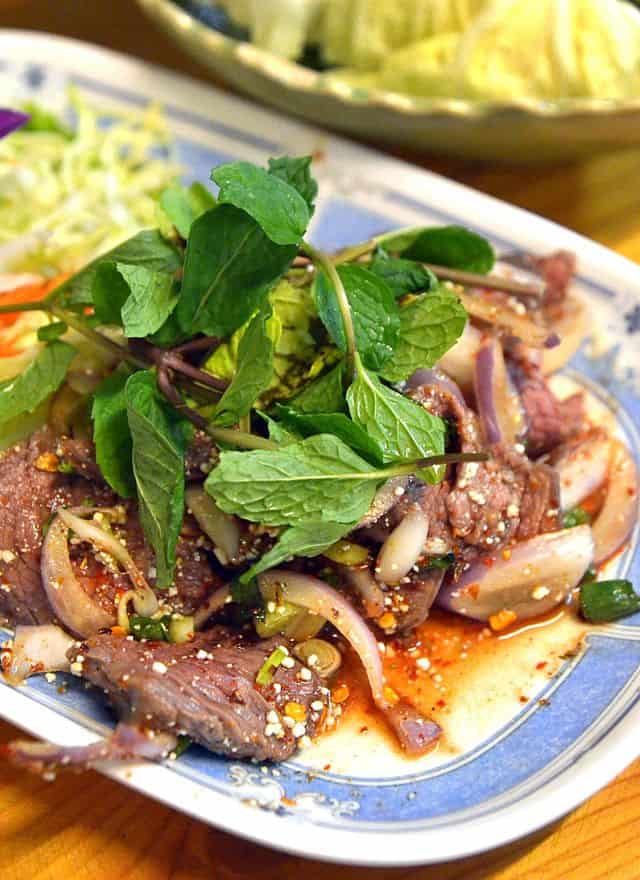The Top 5 Most Popular Dishes from Northeast Thailand
The Northeast of Thailand, also known as Isaan, is a well-known region of the country for a variety of reasons.
While this area of Thailand is the most populated in the country, it is also much neglected in terms of funding, which is controlled by the capital, and is the poorest region in the nation.
Hence there is a severe lack of access to anything like quality education, infrastructure, business initiatives, and various other commodities that may be taken for granted in the Central Thai region of Bangkok and surrounding areas.
This is very much the backyard of Thailand – the long, lost, forgotten backyard that many people actually believe is the ‘authentic’ Thai culture.
Many people in this agricultural region are unable to make enough to survive on, which is one reason for the massive influx to the capital every year of people from the provinces of Isaan, desperately hoping to eek out a living in the city that they are largely unprepared for.
Yet there is one stand-out feature of the region which has always attracted attention – the cuisine.
Largely unchanged over the years, like many things from the Northeast, the food has a specific angle on regular Thai cuisine that makes it popular nationwide.
It is spicy, traditional, and with some elements that are certainly not everyone’s cup of tea – especially foreigners – but some of the more well-known Isaan dishes have been exported successfully across the world.
Of course, as with any food that is presented to a market other than the one at its point of origin, the ‘local’ Isaan dishes tend to be a bit different from those sold in the restaurants in Bangkok or any other region.
This could be by way of incorporating less ‘run-of-the-mill’ items such as bugs, insect eggs (ant eggs are popular – as are red ants for seasoning), innards and organs, raw meat, raw fish, and a range of animals, birds, and even reptiles that wouldn’t normally be considered fit for a menu in some countries (snakes and field rodents are a couple of examples, as well as the occasional dog or cat).
(One has to bear in mind that as the poorest region of the country, much of the time in Isaan it has been a case of ‘whatever you can get your hands on’ – one of the reasons for the various ingredients that those considering themselves more sophisticated might tend to turn their noses up at).
You will find though, that the majority of restaurants selling Isaan food, especially the outdoor ‘street’ variety, are packed to the hilt most of the time.
In fact, if you are Bangkok you will probably find that some of the best Isaan food to be had is served in the makeshift-style restaurants that set up next to the road of an evening.
So let’s have a look at some of the most popular dishes from the Northeast of Thailand, beginning with the one that most people with any idea of Thai menus would associate with the Isaan region.
1. Papaya Salad (Som Tum)
The spicy papaya salad more commonly known as ‘Som Tum’ is probably one of the most well-known exports of the Northeast in Thailand.
It has to be tried at least once, although the strength of the flavours from the specific ingredients can vary greatly.
The prime ingredients of Som Tum are chopped shreds of a papaya that is not yet ripe, which gives it a crunchy consistency.
Then there are obviously a fair few chilies – and if you are in Thailand you will hear people telling them how many chilies to use according to their own particular preference.
Many vendors will add heaps of sugar, which is obviously not a good thing in health terms, but again you may hear people asking them not to put it in (mai dong sai nam tarn krap/ka).
They will usually add in a chopped lime – not to be eaten as such, rather to add flavour – and sometimes there will be a handful of peanuts and dried shrimps.
It does make for quite a delightful combination if you don’t mind a bit of spice – but take care as sometimes Som Tum can be ridiculously spicy. This is usually when the tiny green chilies – the hottest variety have been included in the initial mix, which is all pounded and ground together before the papaya is added.
Another word of warning is also necessary here.
People from Thailand’s Northeast are notoriously fond of something known as ‘pla-raa’, which is a kind of sauce made from fermented fish.
It is incredibly pungent, and not always that hygienic, depending on its point of origin. There are different varieties of it and one is made with raw fish – a topic of much debate in terms of its effect on the health of the people who regularly eat it.
The point is, some varieties of Som Tum are made with this, and it definitely is not to everyone’s taste, with the smell alone being a good indicator.
Mai dong sai pla-raa ka/kap! (Please don’t use any pla –raa!)
2. Barbecued Chicken and Sticky Rice (Gai Yang Khao Neow)
Probably the next most well-known dish from the Northeast is Gai Yang Khao Neow.
Loved by pretty much everyone, the chicken is barbecued (often on a makeshift barbecue) until it has fully absorbed the flavours of the various marinades that it has been prepared with.
This will likely be a section of the chicken chopped and stretched out on special wooden sticks for barbecuing to perfection, although some vendors serve all different parts of a chicken from large to small, with obvious price variations.
It is much better if you are in Thailand to find a renowned restaurant selling this fayre – there are many – rather than just picking up a couple of pieces from the guy with the small stand outside 7-Eleven who has been there all day.
It is not uncommon for some street vendors in Thailand to simply reheat the meat that wasn’t sold yesterday – something to be highly wary of. But in a proper restaurant, even the ‘street’ variety, this unlikely to be the case.
The sticky rice is steamed, glutinous rice that is indeed ‘sticky’. The chicken is served with this along with a spicy dipping sauce. It is also quite common for Som Tum to be on the menu in a restaurant that sells this, and they do complement each other rather well.
3. Laab
There is no real translation into English of this particular word, but the dish can be described as finely-chopped, minced or ground meat or fish of some variety that is prepared with chilies, limes, shallots, coriander and something called Khao Krua (uncooked rice that is fried over a high heat, ground, and added to various dishes).
Laab is served with either sticky rice or regular rice, usually with various spicy dipping sauces.
Laab is quite delicious if you are OK with spicy food. However, it does come in various types of main ingredients which could include pork the most common), beef (not too often), chicken (sometimes), and catfish (quite common and usually VERY spicy).
If you ventured out into the Northeast of Thailand you would also quite commonly see a variation of Laab that you might want to be very careful with.
Known as ‘Laab Goy’, this will contain some form of raw meat – yes raw – often with lots of blood, which is hungrily mopped up by balls of sticky rice. And whether you believe it even possible or not the type of meat can vary (!).
4. Nam Dtok
Again no real translation of the exact words into English for this one, which bears some resemblance in Thai to the word for waterfall ( naam tok) but means something rather different here.
The ingredients involved in this dish are very close to those used for laab –fresh coriander, lots of spices, lime, shallots and again the khao krua. This time though the meat is not so finely minced or chopped, the pieces are bigger and there is usually some skin involved too.
Again this ish comes accompanied with either sticky r regular rice, and is another staple on the menu of any self-respecting Isaan restaurant.
5. Om
Om is an Isaan soup-style ‘gaeng’ – a type of dish often referred to as curry. Gaeng does vary quite a bit in terms of texture and consistency with some dishes though, and is often closer to a soup than what most people might consider a curry proper.
The dish is made with freshly-pounded chili paste, which in turn is made with shallots, lemongrass and chilli. It has a distinct aroma and flavour, largely due to the addition of other local herbs such as culantro and lemon basil.
Om also contains a fair amount of vegetables that tend to be seasonal, along with meat or fish of various types such as chicken, pork, or catfish.
In some variations of this popular Isaan dish, the specific herbs and vegetables may differ according to the meat used in the dish. There are other less-common additions than pork or chicken such as frogs and pond snails, amongst other things.
Planning a trip to Paris ? Get ready !
These are Amazon’s best-selling travel products that you may need for coming to Paris.
Bookstore
- The best travel book : Rick Steves – Paris 2023 – Learn more here
- Fodor’s Paris 2024 – Learn more here
Travel Gear
- Venture Pal Lightweight Backpack – Learn more here
- Samsonite Winfield 2 28″ Luggage – Learn more here
- Swig Savvy’s Stainless Steel Insulated Water Bottle – Learn more here
Check Amazon’s best-seller list for the most popular travel accessories. We sometimes read this list just to find out what new travel products people are buying.


